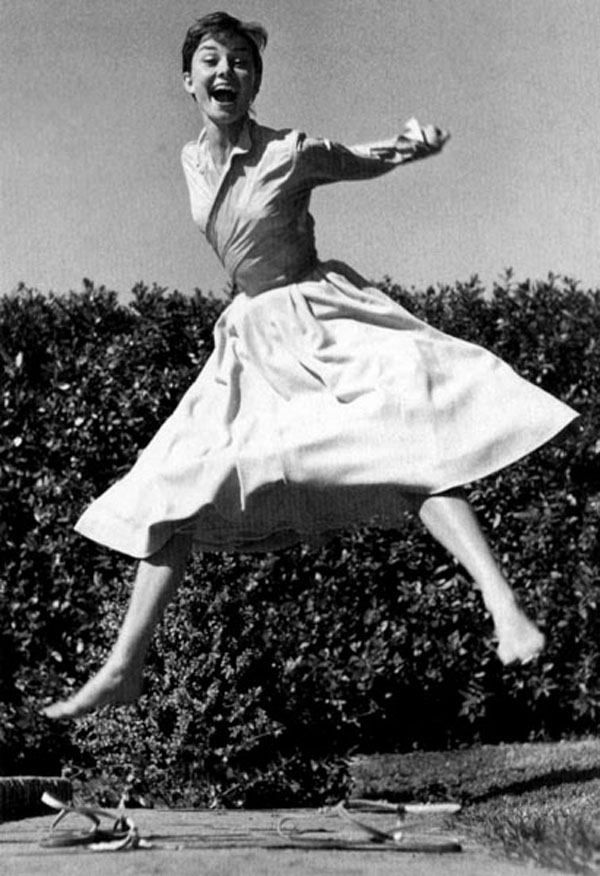
I’m a little behind on things here, but please forgive me as it was due to a joyous occasion: my cousin’s gorgeous wedding in the wonderful town of Santa Fe. Unplugging for the weekend’s festivities, I nearly missed this review in Sunday’s NYT of a beautiful photography show ending today at the Laurence Miller Gallery. The show features nearly 50 images by the photographer Philippe Halsman, who distinguished himself by asking his (very famous) subjects to jump. Times critic Roberta Smith writes:
There is a sublime silliness to Halsman’s images that can make you laugh or at least smile regardless of how often you see them. They may offer incontrovertible proof of Schiller’s claim that “all art is dedicated to joy.” Evidently the simple act of getting off the ground requires giving in to something like joy. You have to let go.
Two big ideas here. The first is the notion that the images can make us smile over and over again. This is the essence of joy — its repeatability — which is it what makes this emotion so powerful, and so sustainable. This renewable quality tells us that we’re dealing with a joyful phenomenon, not a novelty or a one-liner or a joke, that there’s something here that is likely to be universal and timeless.
The second big idea is joy’s inexorability — that there are some circumstances, actions, or gestures that bring joy out of us, voluntarily or not. When “you have to let go,” something has circumvented your conscious emotional control and tapped directly into your unconscious. And that too is a powerful thing.
Lately I’ve been reading the book Switch, by Chip and Dan Heath, about the psychology of behavior change. In the book, the authors reference a construct developed by psychologist Jonathan Haidt to explain the way our rational and emotional sides deal with each other. The emotional brain is like an elephant while the rational brain sits on top like its rider. The rider (our rational side) provides direction, while the elephant (emotion) provides the motivation and force that gets us to act. The rider looks like the boss, sitting up on top of the elephant, reins in hand. But the elephant is so massive that unless it goes along voluntarily, it’s hard for the rider to get his way.
I think this applies to our expressions, too. The rider provides a self-awareness and self-consciousness of our words, manners, facial expressions, and gestures that constantly reins in the elephant’s natural reactions, modulating to keep them in line with social convention. The rider trains the elephant, creating a filter that channels, and sometimes dampens our natural responses, as is culturally appropriate. But jumping jostles the rider off his perch, and it’s a tremendous relief for the elephant! (Even scowly Richard Nixon looks like he feels free in a Halsman photo.) In jumping, we are unburdened by self-consciousness, for any concern for how we look or what’s appropriate. We are all pure, elephantine joy.
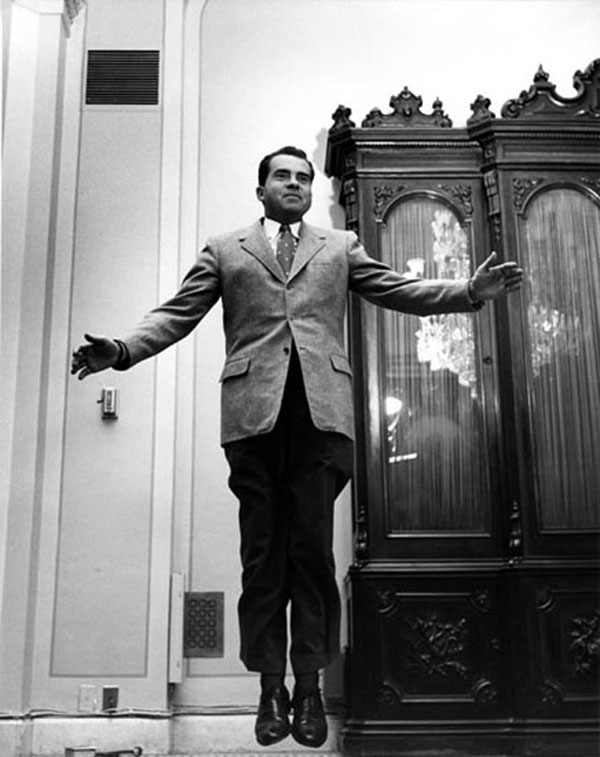
Halsman himself said:
When you ask a person to jump, his attention is mostly directed toward the act of jumping, and the mask falls, so that the real person appears.
I love this idea that the real person is the joyful person. What a powerful thing to think that despite all our anxieties and preoccupations there is always a true self inside, a joyful elephant, accessible in the most stupidly simple way imaginable.
It also fascinates me that it’s not just one joy portrayed here in Halsman’s images. The gesture is simple, but the range of feeling here is decidedly complex. There is the transcendent, floating joy of Eva Marie Saint, Audrey Hepburn’s childlike joy, Edward Steichen’s triumphant joy, Richard Nixon’s joy that feels barely liberated from repression, Dali’s giddy joy, and Marilyn Monroe’s pure, effortless euphoria. Together, these images represent a kind of catalog of human expressions of joy, a bodily language of delight.
There are other movements, too, that may have a similar effect. Certain gestures — jumping, certainly, but also spinning, gliding, sliding, hopping, skipping, floating, and swinging, among others — have a way of disrupting our self-conscious masks. These too are aesthetics of joy, sensations that play with our proprioceptive sense, deliciously pleasurable in the way they tweak our expectations of how our bodies should feel in relation to the world.
Happy holiday weekend, everyone. I hope there’s some joy in your next three days!
Images: Laurence Miller gallery
NYT: “The Joys of Jumpology”
Even more jumpology images…
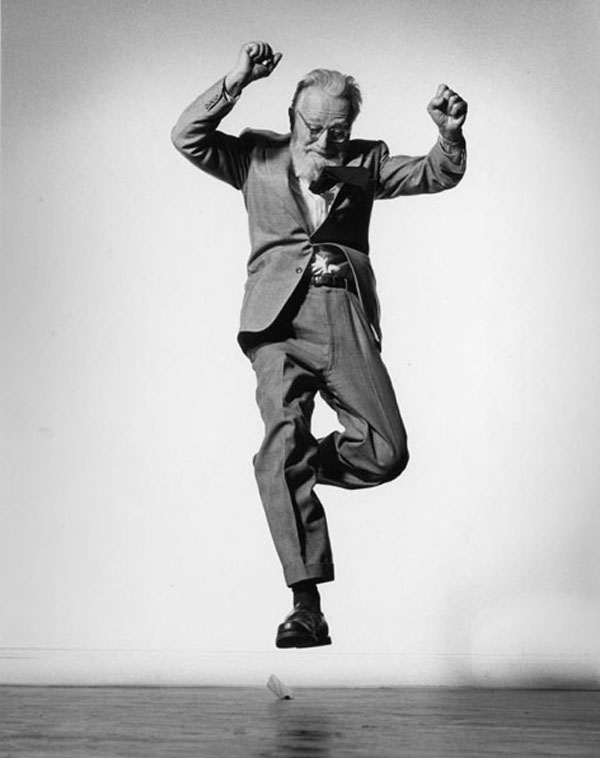
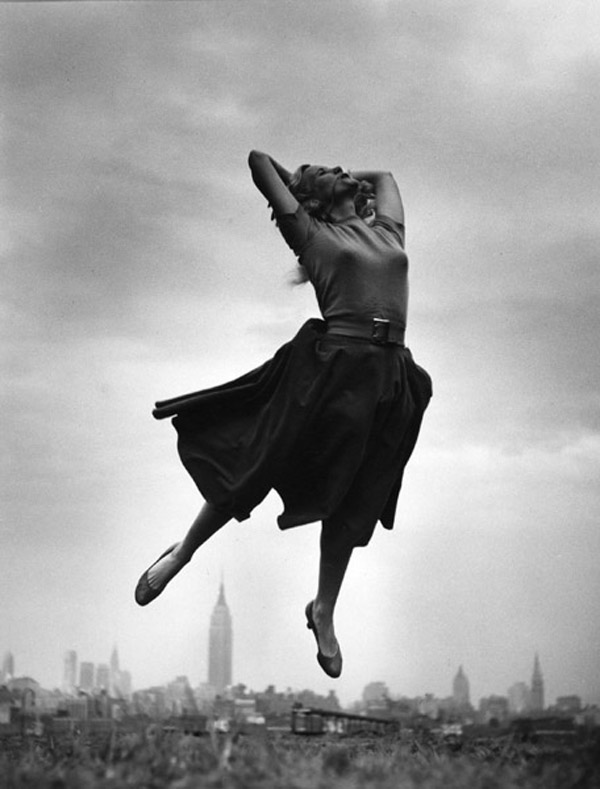
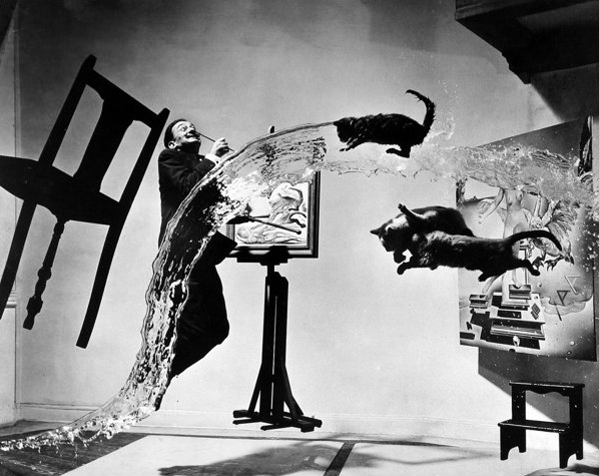
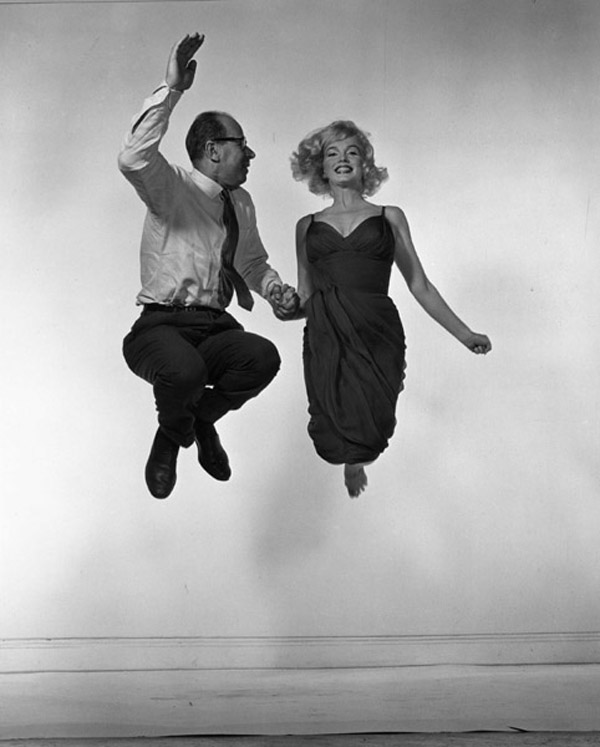



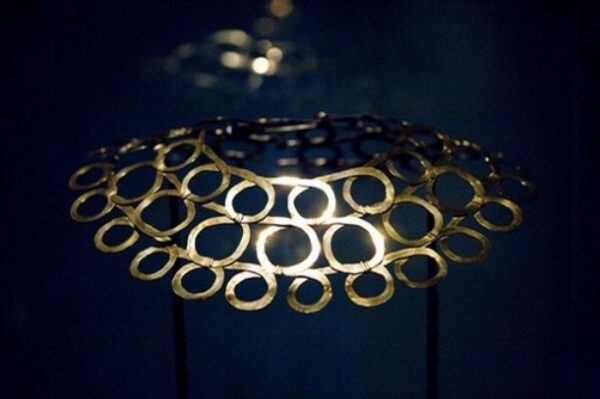

Discussion (10 Comments)
Wow. I just came accross your blog from the Unhappy Hipsters article on Psychology Today. I was researching colour emotions. Whatever. Glad that I came accross this page. Love the stuff you write about! You just got yourself a regular reader!! And, on the note of the whole jump phenomenon – check out the song ‘Jump’ by Van Halen! And um. Read my blog if you get some free time 😐
What happened to Nixon? I swear he was here earlier.
He’s there – maybe there was a page-load error?
Hm, I can see it on the front page of your blog, but not when I click through to the post. I think it’s because it uses a relative URL (../wp-content/etc), which means that the browser knows how to find it starting from certain pages, but when you start on a different page, the directions are wrong. The other images use absolute URLs (https://aestheticsofjoy.com/wp-content/etc).
Thanks, Erik. You’re correct. It’s been fixed.